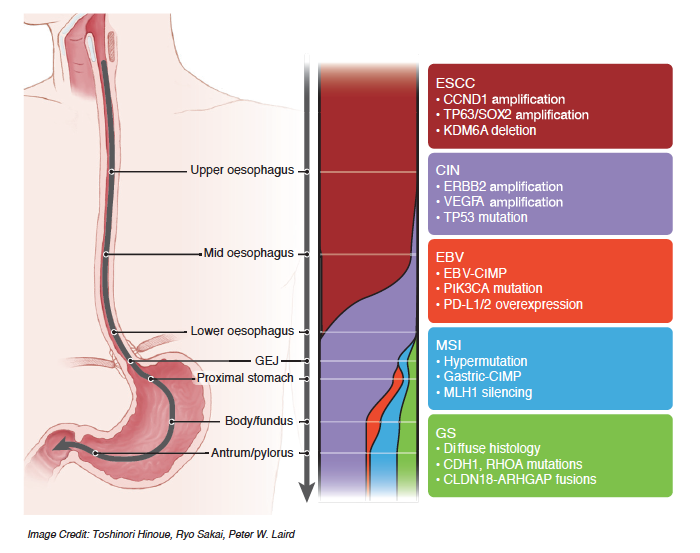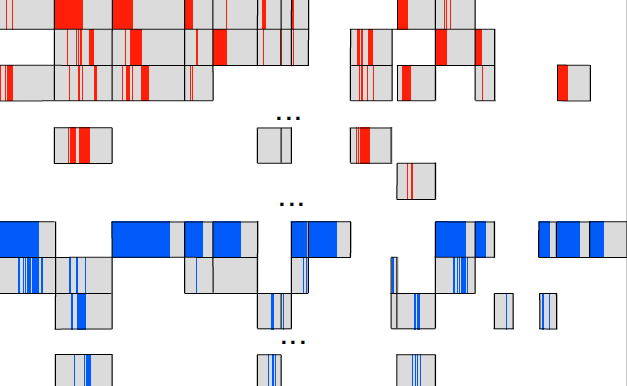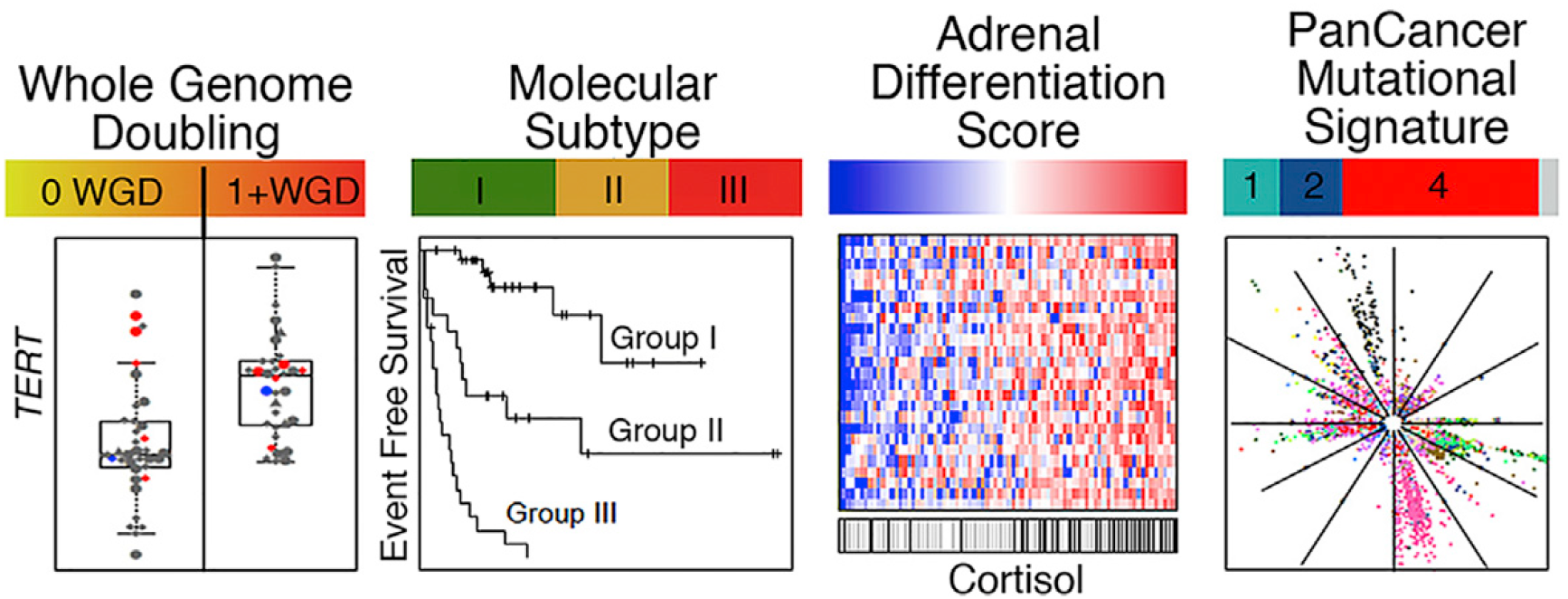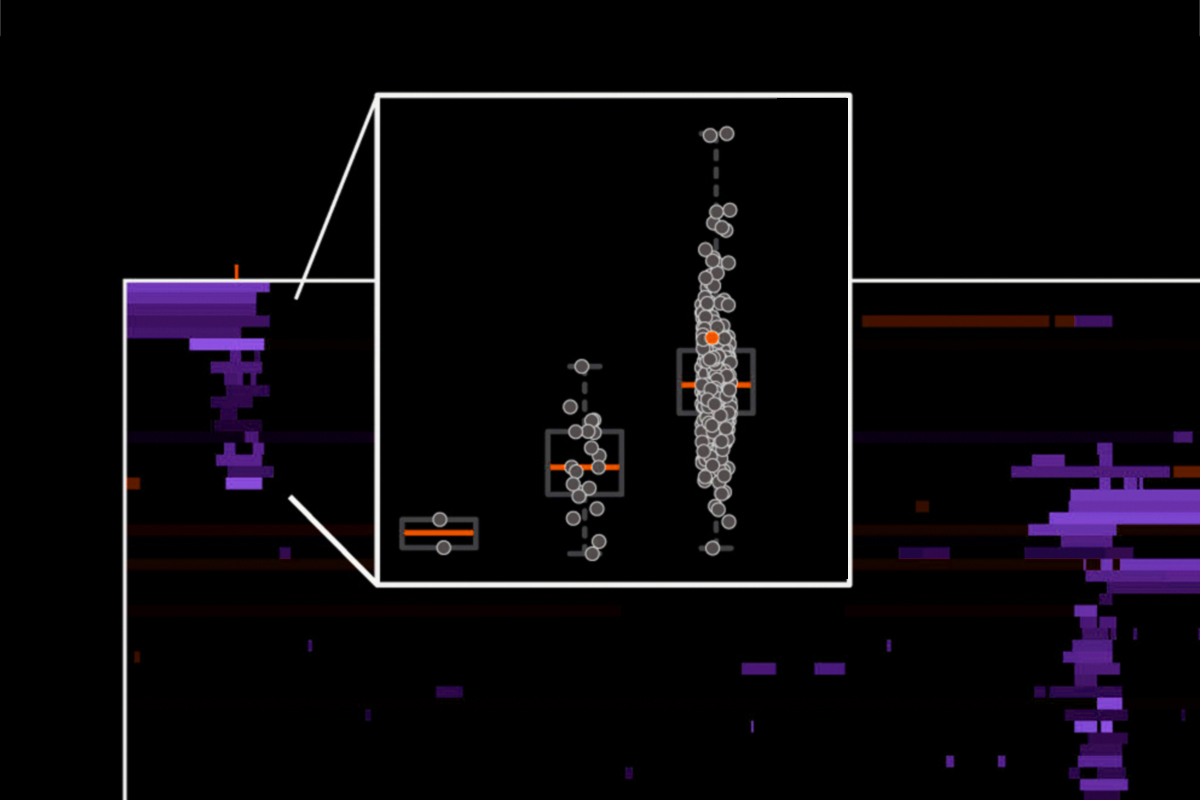This website uses cookies so that we can provide you with the best user experience possible. Cookie information is stored in your browser and performs functions such as recognising you when you return to our website and helping our team to understand which sections of the website you find most interesting and useful.
Unveiling the Guerrilla Warfare Tactics of Mycobacterium Tuberculosis
at the Institute for Systems Biology

Unveiling the Guerrilla Warfare Tactics of Mycobacterium Tuberculosis
ISB researchers have unveiled new insights on how Mycobacterium tuberculosis, the pathogen that causes tuberculosis, enters and exits a dormant state in human hosts. About a quarter of the world’s population has latent TB, so these important findings will enable and accelerate the discovery of more effective TB drugs.

TCGA, ISB Researchers Identify Potential Drug Targets for Leading Form of Deadly Liver Cancer
June 19, 2017 Researchers in ISB’s Shmulevich Lab and their colleagues in The Cancer Genome Atlas Research Network performed the first large-scale, multi-platform analysis of hepatocellular carcinoma, the predominant form of liver cancer. Study was published on June 15, 2017, in the journal Cell. 3 Bullets: Liver cancer is the second most common cause of death from cancer worldwide. ISB researchers and colleagues from The Cancer Genome Atlas Research Network…

Former Undergrad Intern Publishes Algorithm in PLOS Computational Biology
Posted March 1, 2017 In a study published in PLoS Computational Biology, researchers at Institute for Systems Biology (ISB) have developed a multiscale mutation clustering algorithm (M2C) that identifies variable length regions with high mutation density in cancer genes. The M2C algorithm was developed by William Poole (first author on the paper), who started as a summer intern in 2013 as part of ISB’s Center for Systems Biology internship program….

Comprehensive study of esophageal cancer reveals several molecular subtypes, provides new insight into increasingly prevalent disease
The Cancer Genome Atlas Research Network recommends clinical trials organizers and drug manufacturers focus on newly discovered molecular subtypes GRAND RAPIDS, Mich., Jan. 4, 2017 –– A comprehensive analysis of 559 esophageal and gastric cancer samples, collected from patients around the world, suggests the two main types of esophageal cancer differ markedly in their molecular characteristics and should be considered separate diseases. The study, published today in Nature from The…

A Landscape of Pharmacogenomic Interactions in Cancer
The journal Cell published a study today (July 7) about the integrated analysis of drug response in 1,001 cancer cell lines. This study was undertaken by a large international group of researchers including ISB Senior Research Scientist Theo Knijnenburg. The researchers integrated heterogeneous molecular data of 11,215 tumors and 1,001 cell lines in order to study the drug response of these cell lines to 265 anti-cancer drugs. They uncovered numerous…

New Publication in ‘Cancer Cell’
As part of The Cancer Genome Atlas project, the Shmuelvich Lab and colleagues published a paper in the journal Cancer Cell related to the rare cancer adrenocortical carcinoma. Read the summary: 3 Bullets: Adrenocortical carcinoma (ACC) is a rare, under-researched endocrine cancer with limited therapeutic options and overall poor outcome. TCGA researchers performed comprehensive analysis of 91 ACC samples to gain better understanding of potential genetic causes of the cancer….

Prostate Cancer Study Identifies Numerous Subtypes of the Disease
Prostate cancer is the second most common cancer in men worldwide. Integrative analysis led to the identification of 7 subtypes of prostate cancer. Changes in signaling pathways and DNA repair genes may suggest new opportunities for therapy. By Lisa Iype Prostate cancer is the second most common cancer in men worldwide. The clinical behavior of prostate cancer is variable with some men exhibiting indolent prostate cancer which can be monitored…
New TCGA Publications on Melanoma and Lower-Grade Gliomas
Our group has contributed to two recent papers published by The Cancer Genome Atlas on Genomic Classification of Cutaneous Melanoma, published in Cell, and Comprehensive, Integrative Genomic Analysis of Diffuse Lower-Grade Gliomas, published in The New England Journal of Medicine. Our group’s contributions were led by Sheila Reynolds (melanoma) and Brady Bernard (lower-grade glioma).
Mouse Hair Cycle Expression Dynamics Modeled as Coupled Mesenchymal and Epithelial Oscillators
Congratulations to Ryan Tasseff, Research Scientist, et. al., on their new paper “Mouse Hair Cycle Expression Dynamics Modeled as Coupled Mesenchymal and Epithelial Oscillators” in PLOS Computational Biology!
Announcing our new NCI-funded project with Google and SRA International: The Cancer Genomics Cloud
We are very excited to start on an a new, NCI-funded project with partners Google and SRA International, to develop a cloud based platform — the Cancer Genomics Cloud (CGC) — to enable cancer genomics research at unprecedented scale. Read More http://www.genomeweb.com/informatics/nci-contracts-isb-google-sra-team-develop-infrastructure-cancer-genomics-cloud-p http://www.fiercebiotechit.com/story/isb-teams-google-nci-cancer-genomics-cloud-project/2014-10-13 http://www.nbcnews.com/tech/innovation/google-teams-put-cancer-genome-research-cloud-n226681
New TCGA Publication on Thyroid Carcinoma
Our group participated in the paper “Integrated Genomic Characterization of Papillary Thyroid Carcinoma” published by The Cancer Genome Atlas. Lisa Iype, Bioinformatics Scientist, led our group’s contributions. Learn More
New TCGA Publication on Gastric Adenocarcinoma
Our group participated in the paper “Comprehensive molecular characterization of gastric adenocarcinoma” published by The Cancer Genome Atlas. Vesteinn Thorsson, Senior Research Scientist, played a key role as a data coordinator and analysis coordinator. This involved the integration of multiple data types generated by DNA sequencing, RNA sequencing, protein arrays, and clinical information from 295 patients with stomach cancer. Learn More
Multiscale Representation of Genomic Signals
A new paper entitled “Multiscale representation of genomic signals,” is published in Nature Methods. The approach, inspired by multiscale methods in image processing, allows researchers to integrate, analyze and visualize information across multiple resolutions (scales) of the human genome. Learn More



